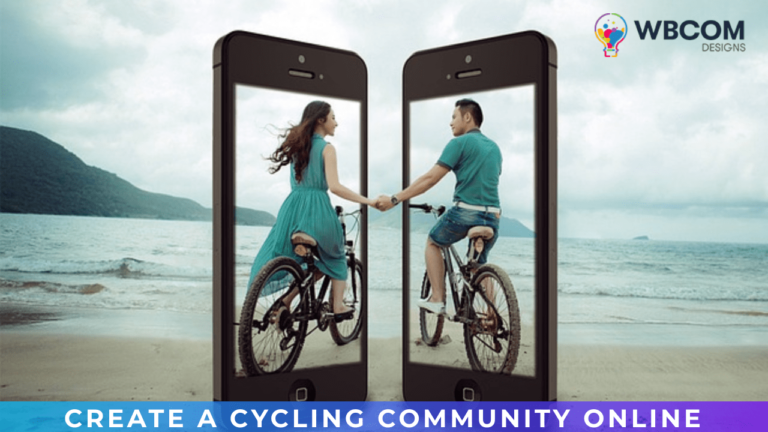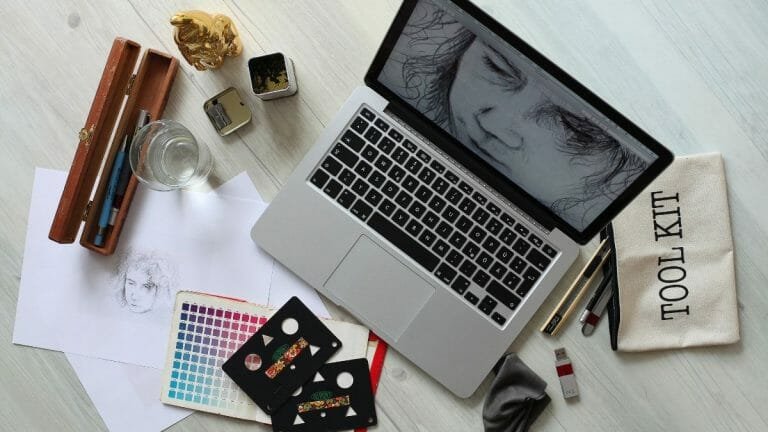As UX/UI design trends continue to evolve and technology advances, it is important for designers to understand the power of creating micro-experiences. By leveraging micro experiences, designers can craft a holistic user journey that captivates users while meeting various usability requirements in a subtle yet compelling way. In this blog post, we explore what Micro-Experiences In UX / UI are and how they benefit a UX/UI design agency – including popular brand examples and technical design elements. We also discuss how these techniques can be used to enhance usability on new devices such as smartphones or wearables.
Keep reading for an insightful look into this rising trend in online marketing, and how you can use UX/UI design to take your business, app, or project to the next level.
Table of Contents
ToggleWhat are Micro-Experiences and How Do They Benefit UX/UI Designs?

Micro-experiences are interactions on small scales that vary in format and purpose, from simple reminders of purchase decisions to celebrating a milestone accomplished. They can be used to engage customers more deeply, making them feel connected and helping fulfill their needs.
Notable examples include pop-up notifications when users have completed an action (such as watching a movie), engaging headlines linking through articles (like a leadership profile piece), and quick motion graphics signaling completing objectives or game levels. They can also include elements like animations, hover effects, and carefully curated transitions.
When properly curated and strategically implemented, these micro snippets offer great potential for enhancing user experience overall.
Examples: Analyzing Popular Brands’ Best Practices for Creating Engaging UI Micro Experiences
Successful brands such as Google and Apple have used micro-experiences to maximize customer engagement since most people can remember.
For example, Google’s array of features such as hover effects, animations, and access to helpful tools like the calculator, email, and a whole bunch of others while using the search engine has become integral to user experience.
Apple has seen success in its seamless integration of quick action commands through the likes of Siri. Whether you’re looking something up or looking for weather updates, all it takes is a voice command.
Similarly, SoFi has also made use of UX micro-experiences to facilitate user navigation through its online retirement accounts. With dynamic menus and effective categorizations of investment choices, their micro-experiences have become an important part of retaining customers.
Alongside these larger brand names, many more companies now consider investing in developing intuitive micro-experiences to draw user attention and captivate their interests.
Crafting a Compelling User Journey Through Micro Experiences
Creating an engaging user journey is essential for capturing the attention of your customers and increasing conversions; micro-experiences make this task simpler.
For example, you could place relatable content in strategic locations that promote customer engagement like in search page results or quick motion graphics signaling completing objectives – this will prompt users to take the desired action, such as buying new or going deeper into research.
Additionally, when it comes to boosting customer satisfaction you can embed fun trivia quizzes within product descriptions which encourages them to discover more about their choices. Integrating micro-experiences makes creating a powerful and compelling user journey easier!
The Technical UX/UI Design Elements of Effective Micro-Experience
Micro-experiences rely on the subtle application of design elements to be effective, often composing an overall experience rather than a single interaction. This can range from smooth loading transitions, responsive motion graphics, and animations, or subtle sound effects that subtly accentuate a change in context.
To ensure success in engagement, designers must dial these components into the main customer journey flow while maintaining the overarching branding message. Leverage color frames with typographic layouts and distinct sound patterns to draw maximum focus where needed!
Also Read: Four Signs That a Digital Product Needs a UX Review
Enhancing Usability with Captivating Interactions in Smartphones & Wearables
With the evolution of mobile and wearables, gamers and tech enthusiasts are accustomed to richer experiences featuring exciting interactive elements. This means that micro-experiences must intuitively respond to gestures, motion, and cues such as classic clicking or swiping, but can also extend across a range of wearable devices accordingly.
Micro-experiences serve the purpose of connecting users through the concept of “gamification” – where completing tasks is akin to playing a game – so tapping into this trend drives UX/UI success within our increasingly digital world!
Also Read: Role of UX design in the Success of Online Marketplace
Leveraging Micro Experiences to Improve Conversions, Retention & Branding
Micro-experiences can be a powerful tool to not just drive sales and increase conversion, but also cultivate customer loyalty. When used thoughtfully, micro-experiences become memorable moments that users associate with your brand. For example, adding customized recommendations or interactive features based on past searches creates positive experiences for buyers, making it easier for them to find what they’re looking for.
On the flip side, when micro-experience fails to meet user expectations in terms of speed or accuracy, their perception of the company may suffer. As such, it’s important to measure and optimize regularly so you continuously improve user experience overall –from lead acquisition all the way through to customer retention.
Micro-experiences provide an exciting platform to engage customers and drive relevant conversations. By leveraging the right design cues, marketers can create memorable visual experiences prompting greater customer loyalty, increased engagement levels, and cohesive user journeys
Interesting Reads:
How To Rank Micro Niche Blog Posts?








